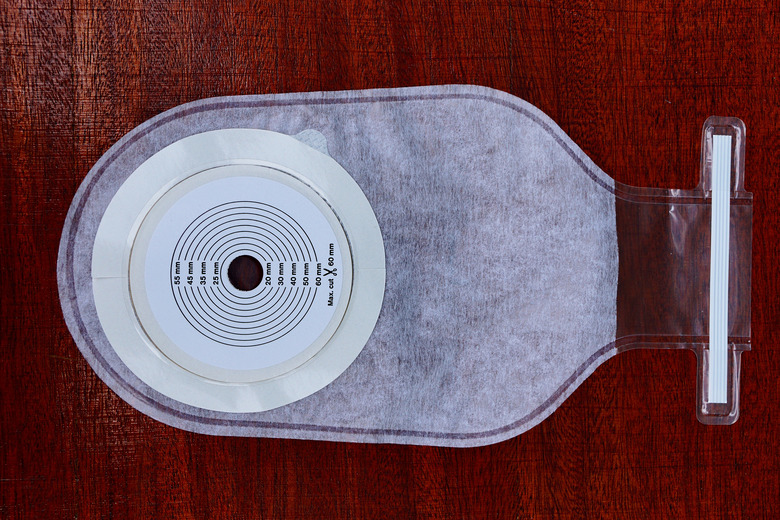How Does A Calorimeter Work?
A calorimeter might sound like a fancy piece of science equipment, but it's actually a very simple heat-measuring device that you can make at home using two coffee cups. Often used in science project experiments, it measures the amount of heat involved in a chemical or physical process, such as heat transfer or specific heat of a substance.
TL;DR (Too Long; Didn't Read)
The temperature of liquid changes when it gains or loses energy. A calorimeter measures the mass of liquid and the temperature change of the liquid to determine the quantity of energy gained or lost by the liquid.
Components of a Calorimeter
Components of a Calorimeter
A calorimeter has two vessels: an outer vessel and an inner vessel. The air between the two vessels acts as a heat insulator, meaning there is no (or minimal) heat exchange between what is inside the inner vessel and the outside environment. Calorimeters used in science labs have a fiber ring made of insulating material to hold the inner vessel in the center of the outer vessel. They include a thermometer to measure the temperature of the liquid in the inner vessel and a stirrer to stir the liquid and distribute heat throughout the vessel. It's easy to make a calorimeter at home with polystyrene cups, a cover, a thermometer and a stirrer. However, a "coffee cup" calorimeter allows more heat exchange with its surroundings and produces less accurate results.
Measuring Heat Transfer
Measuring Heat Transfer
If an exothermic reaction (a chemical reaction that releases energy by light or heat) happens in a solution in a calorimeter, the solution uses heat, which raises its temperature. If an endothermic reaction (a reaction that absorbs energy from its surroundings) happens, the solution loses heat, which lowers its temperature. The difference in temperature, together with the specific heat and mass of the solution, allows you to work out how much heat the reaction uses. For example, if you place a hot piece of copper in a cool amount of water within a calorimeter, heat will flow from the copper to the water. The temperature of the copper will decrease, and the temperature of the water will increase until they have the same temperature (thermal equilibrium). You don't gain or lose heat during the process because the calorimeter allows all heat transfer to occur between the two substances.
Measuring Specific Heat
Measuring Specific Heat
Specific heat is the amount of energy necessary to produce a temperature change of 1 degree Celsius per gram of substance, and it varies between substances. For example, the specific heat of water is 1.00 calorie/gram degrees Celsius. To determine the specific heat of an unknown metal, place a heated piece of the metal in water in the inner vessel of the calorimeter. Once you have measured the final temperature of both the metal and the water, such as the highest temperature reached by the water, you can work out the specific heat of the metal. First, multiply the mass of water by the specific heat of water by the temperature change of water, then multiply the mass of metal by the temperature change of metal. Divide your first answer by your second answer to establish the specific heat of the metal.
Cite This Article
MLA
Gillespie, Claire. "How Does A Calorimeter Work?" sciencing.com, https://www.sciencing.com/a-calorimeter-work-4925148/. 11 April 2018.
APA
Gillespie, Claire. (2018, April 11). How Does A Calorimeter Work?. sciencing.com. Retrieved from https://www.sciencing.com/a-calorimeter-work-4925148/
Chicago
Gillespie, Claire. How Does A Calorimeter Work? last modified August 30, 2022. https://www.sciencing.com/a-calorimeter-work-4925148/
